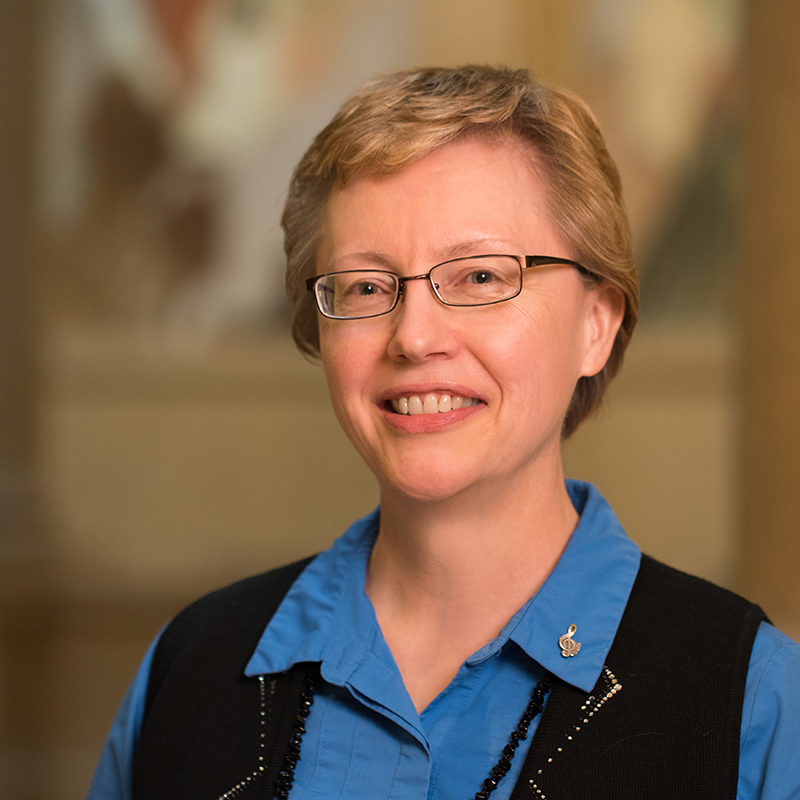
Hillman Hall of Minerals and Gems invites you to appreciate the wild variety and beauty of minerals and gems. This exhibition artfully displays more than 1,300 specimens from all over the world that come in a large range of striking colors, fascinating forms, and dramatic shapes. Hillman Hall has gained an international reputation as one of the finest and most important mineral exhibitions in the country.
Admire the bright green, mossy like texture of a pyromorphite specimen or find out what causes the delicately hued colors in massive pieces of quartz. Learn about minerals that make up everything from table salt to diamond rings, or check out some tools that mineralogists use like microscopes and Geiger counters. Watch how some minerals are transformed in ultraviolet light or get lost in the Masterpiece Gallery taking in each unique specimen.
Hillman Hall displays highlight systematics, mineral localities, pseudomorphism, and more with a special section dedicated to Pennsylvania minerals.

Meet our Researchers

Travis Olds, Ph.D.
Assistant Curator of Minerals (Mineralogy)
Learn about the Minerals (Mineralogy) and Earth Sciences Collection at the Museum
The Section of Minerals (Mineralogy) and Earth Sciences includes an outstanding suite of minerals from the former Soviet Union, a historically important suite of nearly 5,000 Pennsylvania minerals formerly owned by the Academy of Natural Sciences in Philadelphia, and more than 2,700 Pennsylvania minerals acquired from the Bryon Brookmyer collection.
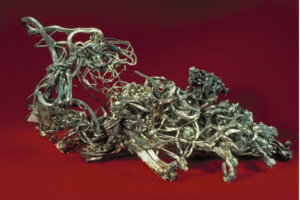
Mineral Gazing
by Debra Wilson Have you ever gazed up at the sky and noticed a cloud that looks like a face, or an …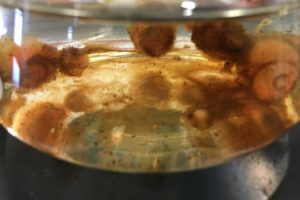
Fungi make minerals and clean polluted water along the way!
Fungi are all around in the environment. For example, the mold that invades wet basements, the mushrooms that we cook with, and …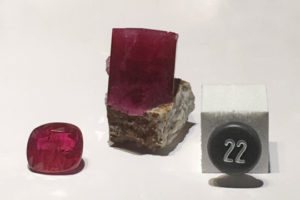
Roll Out the Beryl
Beryl has many different varieties that you may be familiar with, the most recognized being: Emerald (green), Heliodor (yellow), Morganite (pink), and …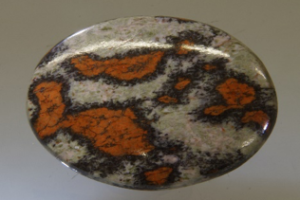
Everything Pennsylvania
On May 10th a new temporary exhibit is scheduled to be installed in Wertz Gallery: Gems and Jewelry that will feature gemstones, cabochons, …
